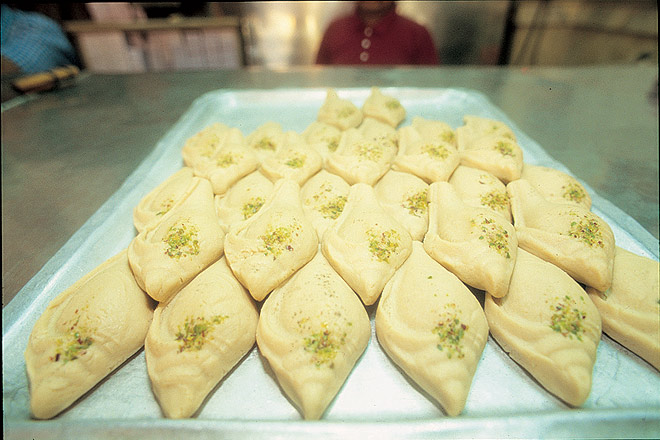My great-grandmother blamed it on the winter sun, which poured sweetness and light into the notun gur
As the season of quilts wore on, the weekly treat was supplemented by great-uncles on their daily Kolkata run — with the citified avatar from Dwarik’s in the big city, perhaps Surjo Modak in en-route Chandannagar or Rishra’s Felu-moira. Dwarik dubbed his “sheeter sonjiboni’” (winter’s elixir). The matriarch would none of it — how could they compare with the goodness of homely hearths? But they were the next best thing, which heartened busy daughters, though her son-in-law remained partial to Balaram and Radharaman Mullick’s on Poddopukur Road.
In our less-blessed days, Balaram’s notun/nolen gurer sandesh does brisk business, while disdainful North Calcuttans prefer the authenticity of Nokur, near Hedua, or Banchharam on Keshab Chandra Street. But for the closest approximation to grandma’s softer, grainier confection, all await visitors (or hawkers) from border-town Bongaon, bearing the best makha sandesh kneaded in all the two Banglas.


